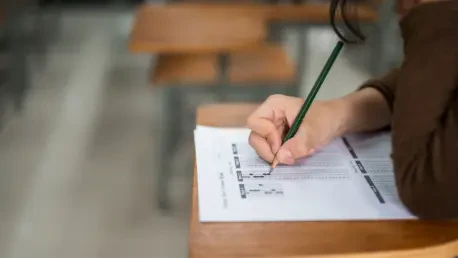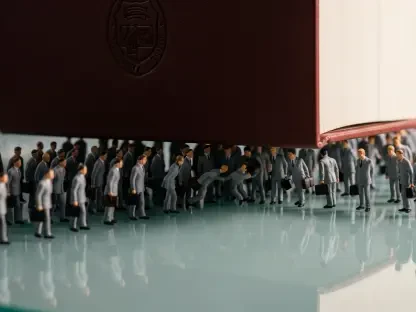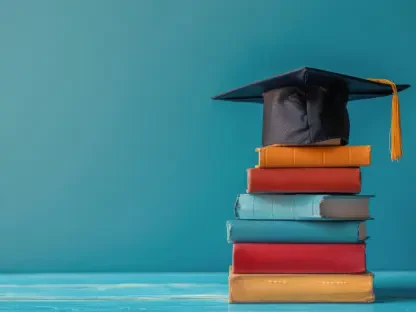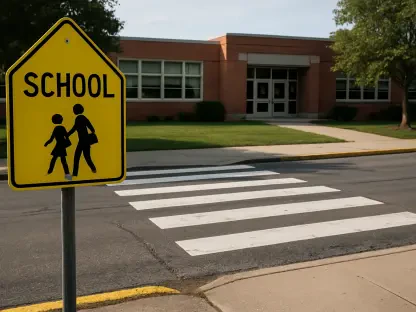In recent years, there has been increasing awareness surrounding the necessity of providing exam accommodations for students with special educational needs. This has sparked widespread discussion about fairness and inclusivity in the education system. Accommodations, also known as Access Arrangements (AA), are carefully tailored modifications in examination conditions that enable students to demonstrate their academic capabilities without being hampered by their disabilities. As the conversation unfolds, a touching example is that of Tara, a student diagnosed with mixed dyslexia. Despite her sound-based and visual processing challenges, accommodations such as extra time and adjusted text presentations during the Primary School Leaving Examination (PSLE) allowed her to unlock her potential. These provisions are not just personal aids; they represent a burgeoning commitment to equitable education by ensuring that the hurdles presented by learning disabilities do not overshadow student achievements.
Inclusivity in Education
The introduction of access arrangements in examinations highlights the growing focus on accommodation and inclusivity. By 2024, approximately 6,700 students received such accommodations, marking a significant increase attributed to better diagnosis rates and heightened awareness regarding conditions like dyslexia and ADHD. The crucial role access arrangements play lies in their ability to recognize and address the diverse needs of special education students. For students like Tara, the implementation of targeted exam adjustments allows them to accurately reflect their knowledge and skills. These accommodations include additional time for reading and writing tasks, specialized technologies for visual impairments, and other modifications that collectively cultivate a more level playing field. The underlying goal here is to create a framework in which students with special needs can flourish alongside their peers, underlining a broader commitment to education that adapts to individual differences.
With such measures, educators and policymakers hope to remove barriers that hinder the academic performance of special needs students. The discourse revolves around the equitable application of these arrangements, where fairness is derived not from treating every student identically, but from providing the necessary tools to ensure everyone has an equal shot at success. By embracing this broader understanding of equality, the education system acknowledges that children’s needs vary and that standardized examination methods must be flexible enough to account for this reality. As society continues to evolve its understanding of disability and inclusion, these accommodations reflect progress toward a more empathetic and nuanced approach to education.
Exam Accommodations: A Double-Edged Sword?
While the benefits of exam accommodations are apparent, the challenges they present cannot be overlooked. Concerns about potential stigmatization and the impact on future opportunities for students who utilize these adjustments pose significant hurdles. Many families worry that annotations on exam certificates, indicating the use of accommodations, could lead to judgments from peers and educators, affecting their children’s self-esteem or perceptions of their capabilities. Advocates like Moonlake Lee, founder of Unlocking ADHD, address these apprehensions, suggesting that promoting understanding and awareness of these accommodations among students can help alleviate stigma. By educating everyone about the reasons and needs for these modifications, misconceptions can be diminished, and empathy fostered.
Counterarguments often center around the perceived fairness of providing additional support to certain students, raising questions about equal treatment. However, education experts emphasize that these accommodations are akin to corrective lenses—indispensable tools that enable students to compete on equal footing with their peers. They argue that rather than providing an unfair advantage, access arrangements ensure that students’ true abilities shine through. Dr. Geetha’s comparison of access arrangements to eye glasses underscores this point, illustrating that the accommodations are designed to remove obstacles and not to confer privilege.
Navigating Complexities and Rare Exceptions
Another facet of this ongoing discussion is the necessity for exemptions in certain circumstances. In rare instances where a disability severely impacts a student’s ability to engage with particular components of an exam, exemptions become a crucial consideration. Tailoring solutions to individual needs is pivotal in ensuring true fairness, exemplified by the case of Ms. Jasmine’s son, who was exempted from a language component due to autism. It is vital to implement exemptions cautiously to avoid potential misuse while recognizing the diverse ways disabilities manifest.
Schools, with input from specialized assessments and medical evaluations, continue to identify suitable accommodations on a case-by-case basis. This collaborative approach ensures that each student receives the attention necessary to match their unique requirements with suitable interventions. Assistive technologies, such as screen magnifiers and reader pens, serve as key resources in supporting the learning process for students facing various challenges. By facilitating access to these tools, educators demonstrate a commitment to removing barriers and fostering an inclusive learning environment.
Bridging the Gap Toward Educational Equity
The introduction of access arrangements in exams emphasizes a commitment to accommodation and inclusivity. By 2024, around 6,700 students received accommodations, thanks to improved diagnosis and increased awareness of conditions like dyslexia and ADHD. These access arrangements play a crucial role in recognizing and meeting the varied needs of special education students. For individuals like Tara, these targeted exam adjustments help them correctly display their knowledge and skills. Accommodations may include extra time for tasks, specialized technology for visual impairments, and other changes that together foster an even playing field. The essential aim is to establish a framework where students with special needs excel alongside their peers, showing a broader dedication to education that adapts to individual differences. Through such steps, educators and policymakers aim to dismantle barriers that impede special needs students’ academic success. The debate focuses on equitable implementation, recognizing true fairness comes from giving necessary tools for equal opportunities. Acknowledging varying student needs, the education system must be flexible, embracing an evolving understanding of disability and inclusion.









